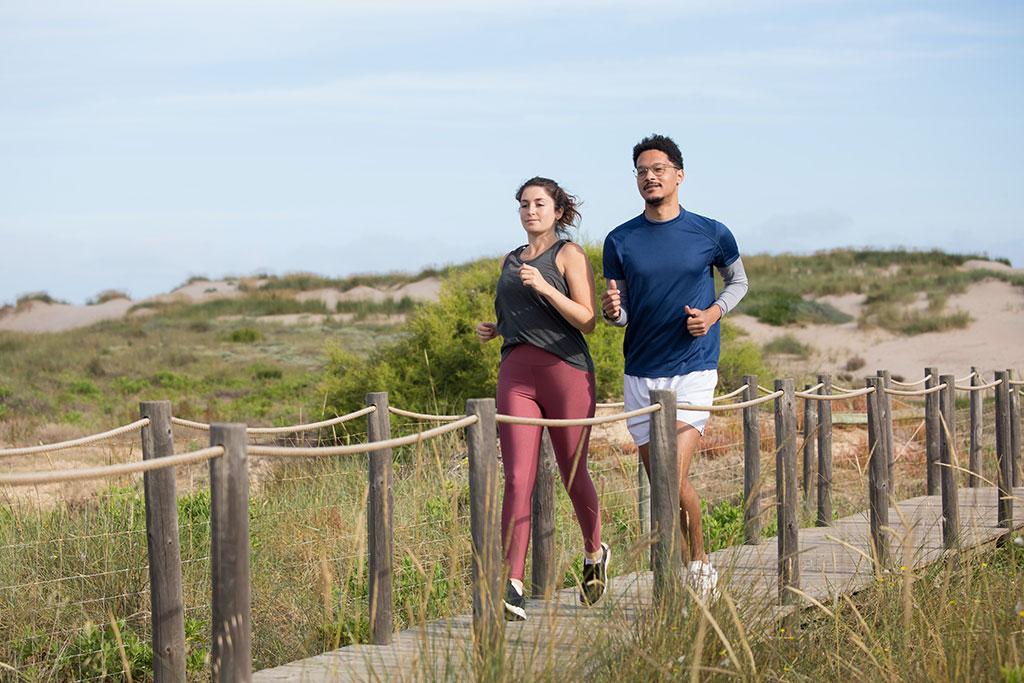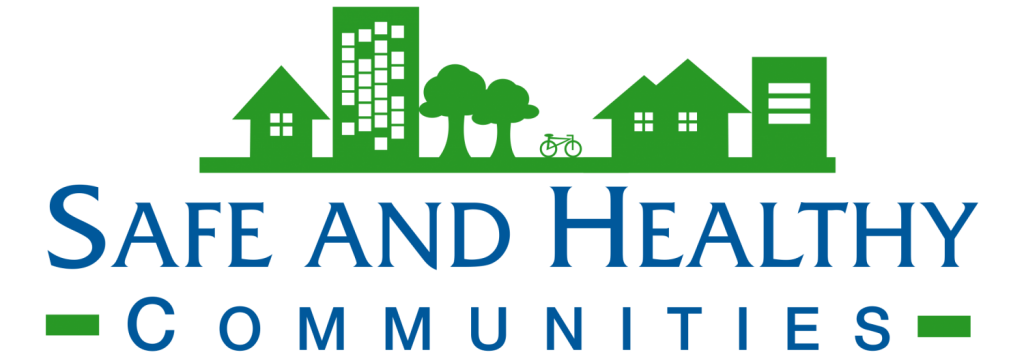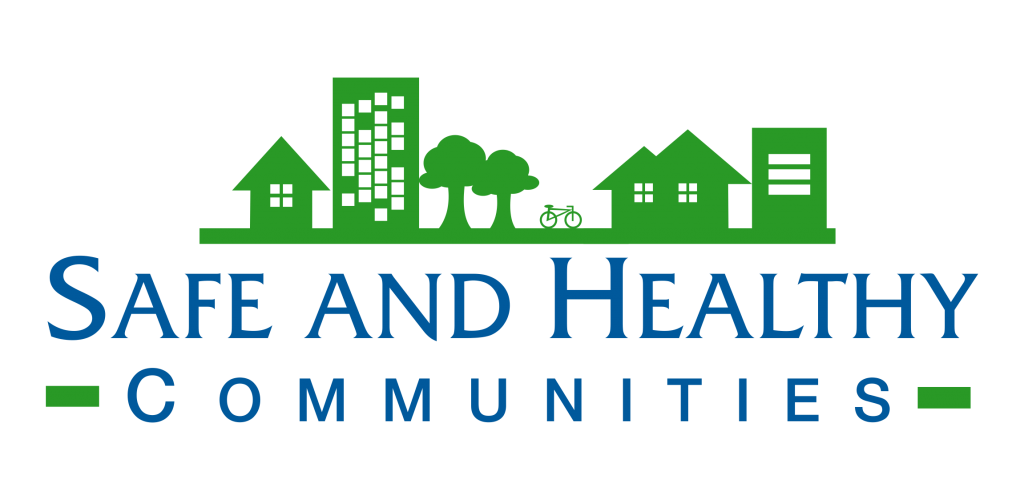Why are Physical Activity and Healthy Eating Important for Everyone?
- Increases mental, physical, and social health
- Promotes a healthy community and environment
- Reduces the risk of chronic diseases
- Improves mood and quality of life
- Stimulates better cognitive function
- Increases work and school productivity
For substantial health benefits, the US Department of Health and Human Services’ 2019 Physical Activity Guidelines for Americans states that adults should:
- Do at least 150 minutes a week of moderate-intensity physical activity
- 75 minutes to 150 minutes a week of vigorous-intensity aerobic physical activity or an equivalent combination of moderate- and vigorous-intensity aerobic activity as well as muscle strengthening activities on 2 or more days per week.
 Even if unable to meet the full guidelines, the physical activity recommendations stress that adults and children should move more and sit less throughout the day to reduce their sedentariness, emphasizing that some activity is better than none (USDHHS, 2018).
Even if unable to meet the full guidelines, the physical activity recommendations stress that adults and children should move more and sit less throughout the day to reduce their sedentariness, emphasizing that some activity is better than none (USDHHS, 2018).
Unfortunately, most US adults do not meet these guidelines despite research continuously supporting the relationship between physical activity and improved long-term health benefits. The physical activity recommendation minutes can be obtained in a variety of ways (such as walking or bicycling as a mode of active transportation), engaging in activities of daily living (such as doing household chores or grocery shopping), and during activities like going dancing or to a gym during an individual’s leisure time.
Access to healthy food is similarly linked to reducing chronic disease, improving health outcomes, and increasing life expectancy. The CDC sites poor nutrition as a risk factor for obesity, type II diabetes, heart disease, and certain cancers. Proper nutrition is often complicated by barriers to access in the form of food deserts and food insecurity which are regulated by the built environment and socioeconomic status of neighborhoods. According to Feeding America, approximately 12% of Americans are food insecure. Many neighborhoods are not within walking distance of a grocery store, forcing low-income populations without reliable access to a personal vehicle to rely on unhealthy sources of food, such as convenience stores. While several recommendations for what constitutes a healthy diet exist, access to fresh and nutritious foods is the unanimously agreed upon as the foundation for a healthy diet.
How the Built Environment Influences Physical Activity and Healthy Eating
 People are more likely to be active and eat healthier when communities are designed to be: walkable and bikeable; safe; closer to parks, open spaces, and a variety of destinations; and when people have better access to recreational activities and nutritious foods.
People are more likely to be active and eat healthier when communities are designed to be: walkable and bikeable; safe; closer to parks, open spaces, and a variety of destinations; and when people have better access to recreational activities and nutritious foods.
Studies also show people are more likely to eat nutritious foods when they live in neighborhoods within walking distance of grocery stores, farmers markets, and community gardens when compared to those who do not live near healthy foods. Community gardens also provide benefits beyond just providing healthy food, including creating better looking environments, increases physical activity, increasing tree cover, and supporting efforts of crime-watch.
The built environment is a major determinant of individual’s activity levels. Features such as land use mix, connectivity, pedestrian and cyclist infrastructure, and overall neighborhood design can influence how easy it is for residents to be physically active in a neighborhood. For example, the quality of pedestrian infrastructure, like sidewalks, determines how often people can walk for transportation and during leisure time. Additionally, the built environment is a major contributing factor to how safe people feel in their neighborhood and while engaging in physical activity. Elements including street lighting, traffic volume, and human activity all contribute to individuals’ sense of safety and likelihood to leverage their nearby built environments as spaces for physical activity. Built environments that are specifically designed for people first, rather than vehicles, support an active lifestyle through policies and land-use design that are critical in improving the overall health and well-being of communities.
How SHC can help:
- Incorporate health and the built environment in community health improvement plans and community needs assessment processes
- Complete literature reviews of transportation, physical activity, healthy eating research
- Incorporate healthy, safe, and equitable urban planning into community planning, redevelopments, and land use code and design guidelines
- Assess local, regional, and state planning documents
- Conduct policy scans on local and state regulations and policies that impact physical activity and access to healthy food
- Complete health impact assessments of built environment, policies, and programs with focus on equity i.e. city and county design of walking paths and access to grocery stores and recreation centers
- Conduct interview, surveys, and focus groups of stakeholders
- Assess the built environment using walking, biking, and food audits

